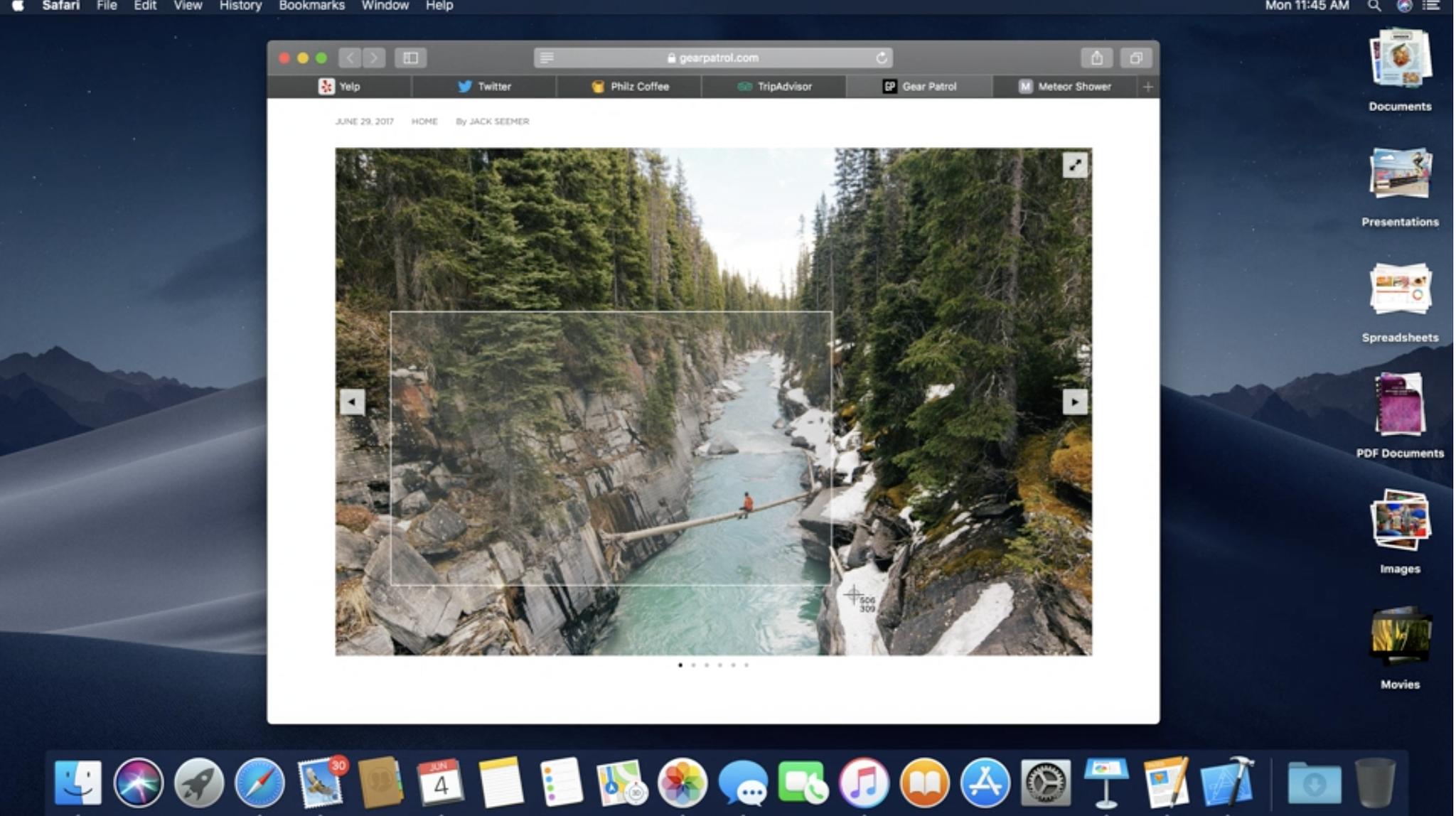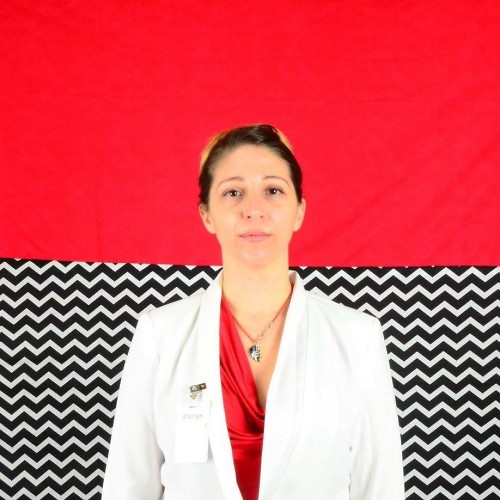How to troubleshoot the macOS Mojave beta


Betas are going to come with their fair share of problems, especially developer betas. Public betas are supposed to be significantly more stable, but still not perfect. If you're trying to download or install a developer or public beta of macOS Mojave and are experiencing issues, here are some things you can do to help fix the problem.
Apple occasionally offers updates to iOS, iPadOS, watchOS, tvOS, and macOS as closed developer previews or public betas. While the betas contain new features, they also contain pre-release bugs that can prevent the normal use of your iPhone, iPad, Apple Watch, Apple TV, or Mac, and are not intended for everyday use on a primary device. That's why we strongly recommend staying away from developer previews unless you need them for software development, and using the public betas with caution. If you depend on your devices, wait for the final release.
Back up your Mac
By the time you're reading this, it may be too late to remind you to back up your Mac before you start downloading a beta, but I'm going to anyway.
Back up your Mac.
Before you try downloading or installing any beta (or any standard update), you should always make a fresh backup. If everything freezes and crashes and your screen turns purple, that fresh backup will be your saving grace.
How to back up your Mac, iPhone, and iPad: The Ultimate Guide
I can't download the macOS Mojave beta
If you know that you already have a beta profile installed on your Mac, but when you try to download the macOS Mojave beta, you get the message, "You must enroll your Mac to download the beta," The first thing you should do is un-enroll and then re-enroll your Mac. It's a fairly simple process that shouldn't take too long.
iMore offers spot-on advice and guidance from our team of experts, with decades of Apple device experience to lean on. Learn more with iMore!
- Click on the Apple icon in the far left of your Menu Bar.
- Click on System Preferences.
- Click on App Store.
- Click on Change next to Your computer is set to receive beta software updates.
- Click on Do Not Show Beta Software Updates.
- Restart your Mac.
This will remove the Developer Beta Access Utility from your Mac, so you can then start over from scratch.
- How to download and install the macOS Mojave developer beta
- How to download and install the macOS Mojave public beta
The macOS Mojave beta freezes during installation
So you've successfully downloaded the beta, but during the installation process, it just hangs, rainbow ball a-spinnin'. This is probably the most common problem when getting a beta onto your Mac. There are a couple of reasons the installation might not work and a couple of things you can try.
- Make sure you're connected to the internet. Though the software is already on your computer at this point (assuming the download was successful), you may need to boot your Mac in Recovery Mode, which does require internet access.
- If the download hangs, try a basic restart. Then, try installing again.
- If, after restarting and re-downloading, the download still hangs, delete the downloaded profile and re-download it from Apple's beta downloads page and try reinstalling again.
- If, after the attempts I've just mentioned don't work, check your hard drive for issues. Restart your Mac in Recovery Mode and use Disk Utility to run a diagnostic. Sometimes, just the act of running a diagnostic fixes the problem and the installation will work.
iCloud is not syncing properly
Once you've successfully downloaded and installed macOS Mojave, you may come across issues with the build itself. That's not abnormal. This is, after all, a beta. For glitches, borks, and things generally not working, the first thing you should do is file a Radar so Apple knows of its existence and can fix it in the next build.
A common problem that sometimes happens when installing a beta is that iCloud doesn't properly sync with either your devices running the current operating system or devices running betas.
If one or more of your programs that normally sync with iCloud isn't syncing, my first suggestion is to give it a little time. I've noticed that after a few days, things seem to catch up and my iCloud content eventually syncs up.
If, after a week, iCloud is still not syncing, try logging out of iCloud on your Mac and logging back in.
- Click on the Apple icon in the far left of your Menu Bar.
- Click on System Preferences.
- Click on iCloud.
- Click on Sign out.
After you've successfully signed out of iCloud, sign back in.
If, after waiting and then signing out and signing back into iCloud on your Mac, nothing iCloud-related seems to be syncing properly, you can trash the clouddocs file to trigger a redownload of iCloud Drive files.
Don't forget to back up your Mac before following the steps below!
- Click on your desktop to select Finder.
- Hold down Shift + Command + G on your keyboard to launch the Go To Folder window.
- Select the folder CloudDocs.
- Move CloudDocs to the trash.
You'll also want to quit the cloudd and bird processes from Activity Monitor.
- Launch Activity Monitor on your Mac.
- Search for cloudd.
- Select the cloudd process.
- Click on the X button in the upper left corner of Activity Monitor.
- Click on Quit.
- Search for bird.
- Select the bird process.
- Click on the X button in the upper left corner of Activity Monitor.
- Click on Quit.
Note: This may eat up a lot of your internet download speeds and take a long time, so be patient.
Messages in iCloud not syncing
Now that Apple has added iCloud syncing to iMessages, there's an additional worry to consider. You can disable and then re-enable, and finally sync your Messages in iCloud to try to reboot the syncing process.
How to sync Messages in iCloud on Mac
Apple-built apps are not working properly
Even though Apple did the work to build apps that support the beta version of macOS Mojave, there is still a chance that something won't work right. The most important thing to do is to file a Radar so Apple is aware of the issue and can fix it.
You can also try restarting your Mac. Sometimes a simple reboot will flush out glitches and get your system working properly again.
Third-party apps are not working
If your favorite third-party app isn't supported in the beta of macOS Mojave, that doesn't mean it won't be supported when the final build launches publicly. To be sure your favorite apps will eventually work on macOS Mojave this fall, contact the developers and let them know how much you love it and hope to keep using it for years to come. They'll be glad to hear from you and it will encourage them to get the lead out and update as soon as possible.
What are your issues?
Are you experiencing a specific issue downloading, installing, or using macOS Mojave? Put your issue in the comments (along with what model/year Mac you own) and I'll do what I can to help you troubleshoot.

○ FAQ: Apple's beta software
○ Should you run beta software?
○ iOS 14 public beta: The ultimate guide
○ iPadOS 14 public beta: The ultimate guide
○ macOS Big Sur public beta: The ultimate guide
○ iOS 14: Everything you need to know
○ iPadOS 14: Everything you need to know
○ macOS Big Sur: Everything you need to know
○ watchOS 7: Everything you need to know
○ tvOS 14: Everything you need to know
Lory is a renaissance woman, writing news, reviews, and how-to guides for iMore. She also fancies herself a bit of a rock star in her town and spends too much time reading comic books. If she's not typing away at her keyboard, you can probably find her at Disneyland or watching Star Wars (or both).

